Description
hardware flow control. It is an ideal choice in the field of industrial automation.
Implementation of communication between ABC industrial robot and PLC based on DeviceNet fieldbus technology
introduction
In modern production systems, industrial robots and PLCs need to communicate and collaborate to complete production tasks. That is, the
industrial robots output signals to the PLC, allowing the PLC to control related equipment to drive the robot”s front-end tools. This article
mainly analyzes the communication problems between ABB industrial robots and PLC based on DeviceNet fieldbus technology.
DeviceNet is a common network communication method in the field of automation. ABB industrial robots establish a network to communicate with
Siemens PLC based on the DeviceNet network.
1Configure DSQC652
There are mainly 5 types of standard I/0 boards commonly used in ABB industrial robots [2]. Except for the different addresses assigned to
them during setup, their configuration methods are basically the same. This article mainly analyzes the ABB standard I/0 board DS0C652, which
mainly builds communication modules based on the DeviceNet network. The DS0C652 board has a distributed I/O module with 16 digital input and 16
digital output interfaces. The board is installed in the ABB industrial robot control cabinet. First, define the specific operation steps of the DS0C652 board,
enter the teach pendant control panel, then enter the configuration menu (Figure 1), select the DeviceNetDevice menu, and add a template to enter Figure 2.
ABB standard I/0 board is hung on the DeviceNet
network, so the address of the module in the network must be set. The jumpers 6 to 12 of terminal x5 are used to determine the address of the module.
The available address range is 10 to 63. Modify the parameters in the template parameters to complete the DS0C652 board settings. Click the drop-down
menu to select the “Use value from template” row, select
“DS0C65224VDCI/0Device”, and then the parameters that need to be set include the address of the I/0 board in the bus.
Figure 1 Configuring DSQC652
2Configure signals and parameters
After completing the DS0C652 board setting, the I/0 signal setting will be performed. Setting the I/0 signal is the basis for establishing communication with
the PLC. The PLC communicates and transmits data with the ABB industrial robot through the I/0 signal and the DS0C652 board. As shown in Figure 3, in the
signal configuration interface, there are many default I/0 points after the system is established. Modification is not allowed. Click “Add” to add signals. When setting
input and output signals, their address range is 0~15. First, enter the signal menu in the configuration options to set the input and output types, and modify the corresponding parameters.
After completing the settings, the computer prompts that you need to restart the settings. If there are multiple signals that need to be defined and the waiting time
is long after restarting multiple times, you can click “Cancel” and wait for all signals to be defined before clicking the “Yes” button to restart. After the signal settings are
completed, click to select “Input and Output” in the ABB menu to check whether all signals have been set.
Figure 2 Configure DSQC652 parameters
Figure 3 Signal parameter settings
During the signal establishment process, attention should be paid to the DSoC652 port and PLC port addresses used, and the corresponding address table should be
established, as shown in Table 1. The robot interacts with the PLC through I/O signals. During the setting process, there must be no errors in the port and address number
of the PLC connected to the DSoC652. If the address is set incorrectly, the communication between the robot and the PLC will not work properly.
The entire robot teaching pendant setting process is shown in Figure 4.
https://www.xmamazon.com
https://www.xmamazon.com
https://www.plcdcs.com/
www.module-plc.com/
https://www.ymgk.com
EATON C825KN10 200A 600V Contactor Ser A2 120V
1762-IF4 Analog input module
FC-PSU-240516 Power Supply Module
3500/42M 140734-02 Proximitor Seismic Monitor
FOXBORO P0973JX Industrial switch
1440-DYN02-01RJ Dynamic measurement module
GESAS CAN-DPV 1168411 AMPLIFIER MODULE
FBM201D Analog Input Interface Modules
MSK030C-0900-NN-M1-UG1-NNNN R911308684 motor
1746-NI4 four-channel analog input module
Allen-Bradley 1746-NO4I Analog output module
1747-L552 B/C CPU MODULE
3500/92 136188-02 Communication Gateway
05704-A-0146 5704F Fire Control Card
Yaskawa JGSM-06 Position Controller
LAM 853-049542-173 Circuit board
SICK MZT8-03VPS-KUD 1054051 T-slot cylinder sensor
8MSA4S.R0-31 B&R servomotor
Allen-Bradley 1771-P5 power supply
ABB IMFCS01 Frequency counter module
YASKAWA CACR-SR07BE12M SERVO PAK DRIVE
41B5228X232 I/O Module CL6921X1-A6
41B5228X192 Analog Interface I/O Module CL6921X1-A6
41B5228X082 Analog Interface I/O Module CL6921X1-A6
41B5228X072 CL6921X1-A6 Analog Interface I/O Module
41B5222X44R Analog I/O Module CL6821X1-A5
41B5222X422 CL6821X1-A5 Analog I/O Module
41B5222X36R CL6821X1-A4 Analog I/O Module
41B5222X35R CL6821X1-A4 Analog I/O Module
41B5222X33R CL6821-A5 Analog I/O Module
41B5222X242 CL6821X1-A5 Analog I/O Module
41B5222X232 CL6821X1-A4 Analog I/O Module
41B5222X222 CL6821X1-A4 Analog I/O Module
41B5222X072 CL6821X1-A3 Analog I/O Card
41B5222X092 CL6821X1-A2 Analog I/O Module
41B5222X072 CL6821X1-A1 Analog I/O Card
41B5222X032 CL6821X1-A1 Analog I/O Card
41B5222X032 CL6821X1-A1 Analog I/O Card
41B5215X122 CL6721X1-A3 Discrete I/O Module
41B5215X132 Digital I/O Module
KJ3243X1-BB1 Series 2 Plus Profibus DP Modle
KJ3222X1-BA1 Analog Input HART Module
KJ3221X1-BA1 Analog Output HART Module
KJ3221X1-BA1 Analog Output HART Module
KJ3242X1-BA1 Fieldbus H1 Series 2 Card
KJ3241X1-BA1 Redundant Serial Interface Card
KJ3242X1-BA1 Fieldbus Module
KJ1501X1-BC2 Power Supply
KJ1501X1-BC1 Power Supply
KJ3006X1-BA1 Power Supply
KJ2003X1-BA2 MD Controller
KJ2003X1-BA2 MD Controller
KJ2003X1-BA1 Controller MD Module
KJ3005X1-BA1 Controller Module
KJ3005X1-BA1 AS-i Card
KJ3001X1-CA1 Dry Contact Module
KJ3001X1-CA1 Discrete Input Module
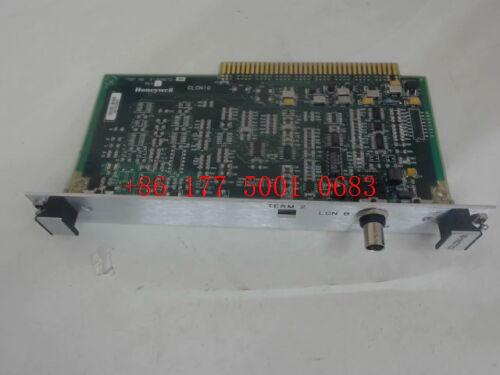
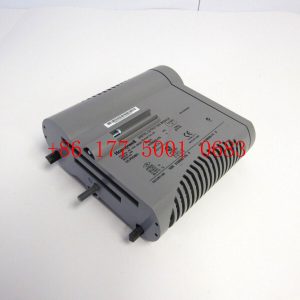
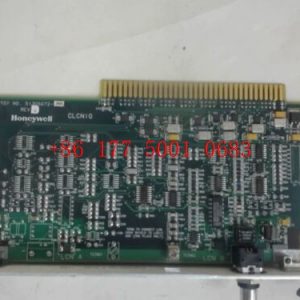
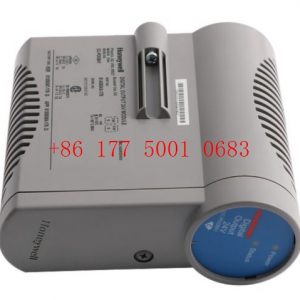
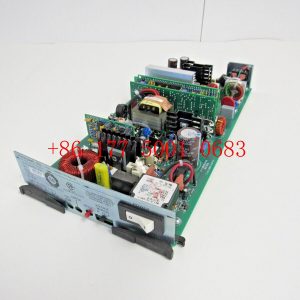




Reviews
There are no reviews yet.